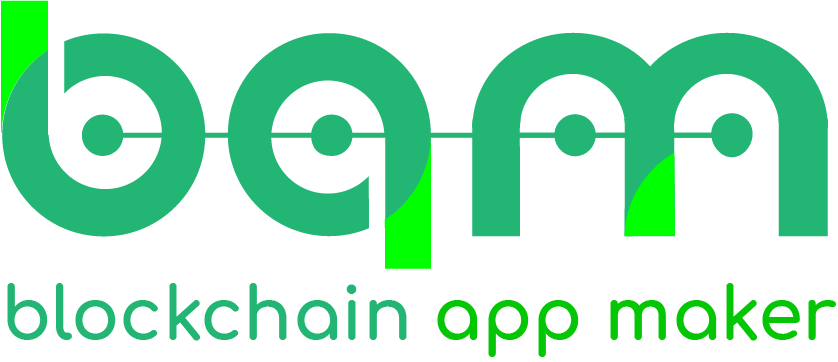Downtime may have disastrous effects for firms in today’s digital environment, resulting in lost income, decreased productivity, and reputational harm. Resilient application development for business continuity reduces downtime and increases customer trust by incorporating disaster recovery capabilities. This blog will examine resilient application development techniques and illustrate their efficacy using real-world case examples.
Project Overview
Slack was first introduced in 2013. It is a collaborative platform that transforms the way people communicate at work. Slack was built to overcome the inefficiencies of traditional email and fragmented communication tools. Slack is an integrated, centralized messaging application with real-time messaging, file sharing, and integration with third-party tools, thereby making it seamless for team collaboration. It’s a tool on which every startup, SME, and the global enterprise depends to serve its business line an all-accessibility approach with transparency and scalability combined.
The goal is simple-to-produce fun: Slack changed how teams collaborate because most have moved to work from everywhere.
Challenges Faced
Organizations before Slack had to face serious head-aches in terms of smooth and efficient teamwork:
Communication Silos:
- E-mails, other apps and communication channels, generated information silos. Therefore, cross-departmental communications were very difficult to establish.
- Important information is usually buried deep down, often in long email chains or other apps.
Inefficiency and Delayed Response:
- Traditional communication systems lacked a real-time response.
- Due to this, responses to certain tasks were delayed, thereby bringing inefficiencies in workflows related to projects.
Use of Fragmented Tools:
- Teams were using several applications for email, project management tools, and file-sharing applications, which made coordination with team members difficult.
- Lack of integration led to low productivity and misunderstandings.
Remote Work Issues:
- This was the time when people started working remotely, and teams found it quite difficult to maintain transparency and connectivity without a central communication hub.
Scalability Issues:
- It was very challenging for large organizations to manage communications in global teams and departments.
Solutions
Slides over all the issues mentioned above by setting up one collaboration platform with the help of the following key solutions.
-
Centralized Communication through Channels:
- Channels are specific spaces for discussing a particular project, team, or topic.
- Teams can join, leave, or search channels to ensure that all their communication is well-organized and easily accessible.
-
Real Time Message and Notification:
- Slack provides real-time messaging and updates that allows teams to respond quicker and work more efficiently.
- Customizable notifications avoid flood situations and ensure that all relevant updates reach the users.
-
Ecosystem Integration:
- There is integration with more than 2,400 tools, including Google Workspace, Microsoft Office 365, Trello, and Zoom.
- This enables teams to move workflows, files, as well as tools into one platform.
-
Deep Search Functionality
- With Slack’s powerful engine, messages, documents, as well as links can be brought in instantly.
- Filters, along with user, date, as well as channel, makes the retrieval of information simplified.
-
Collaboration and File Sharing:
- Teams can directly share and collaborate files inside Slack.
- Version history and updates ensure everyone stays informed on the same page.
-
Cross-Platform Accessibility:
- Slack ensures that teams function smoothly not only on mobile and web applications but also on the desktop.
- A remote worker will maintain connections even if working away.
-
Enterprise Grid:
- Enterprise Grid was brought to the table by Slack for large enterprises wherein multiple teams can be managed in a single system, with their respective channels.
- Enterprise demands are met by features like unified security and compliance.
-
Workflow Automation:
- Slack Workflow Builder automates the task that is repetitive in nature like onboarding, reporting, and notification.
- Third-party bots increase productivity. Such examples include reminders and meeting schedulers.
Key Features
What differentiates Slack from its peers in terms of providing collaboration tools is its very innovative feature list:
- Channels: organize conversations into topical threads.
- Integrations: connect apps like Google Drive, Salesforce, and GitHub.
- Huddles: have real-time audio discussions for faster collaboration.
- Search and Indexing: easy finding of conversations or files.
- Slack Connect: collaborate securely with external teams and partners.
- Customizable Notifications: stay on track and focus by configuring notification preferences.
- Data Security: enterprise-grade security, including encryption and compliance with GDPR, HIPAA, and other standards.
- Analytics and Insights: Track team engagement and understand collaboration patterns.
Results Achieved
Organizations, once they started using Slack, started witnessing actual positive changes in communication, productivity, and collaboration. Some such examples are cited below:
-
Integration of Airbnb in Slack
Problem: Airbnb had a distributed team who was suffering from much disintegrated communication.
Solution: Emails were replaced with Slack due to channels that supported the department, projects, and general announcements.
Result:
- Productivity of the team increased
- Usage of email decreased by 40%
- Collaboration improved because of third-party integrations that included Google Workspace and Trello.
-
NASA’s Mars Rover Team
Problem: NASA’s Jet Propulsion Laboratory (JPL) needed a very fast, reliable platform where the Mars Rover mission can be coordinated.
Solution: Slack became their favorite means of communication and issues are solved very quickly, as well as data shared across departments
Result:
- Faster decision making.
- Better coordination between the scientists and the engineers.
-
Overall Metrics across Users:
- 49% reduction in emailing
- 32% productivity increase.
- 27% less meetings.
- 77% of Fortune 100 companies use Slack.




